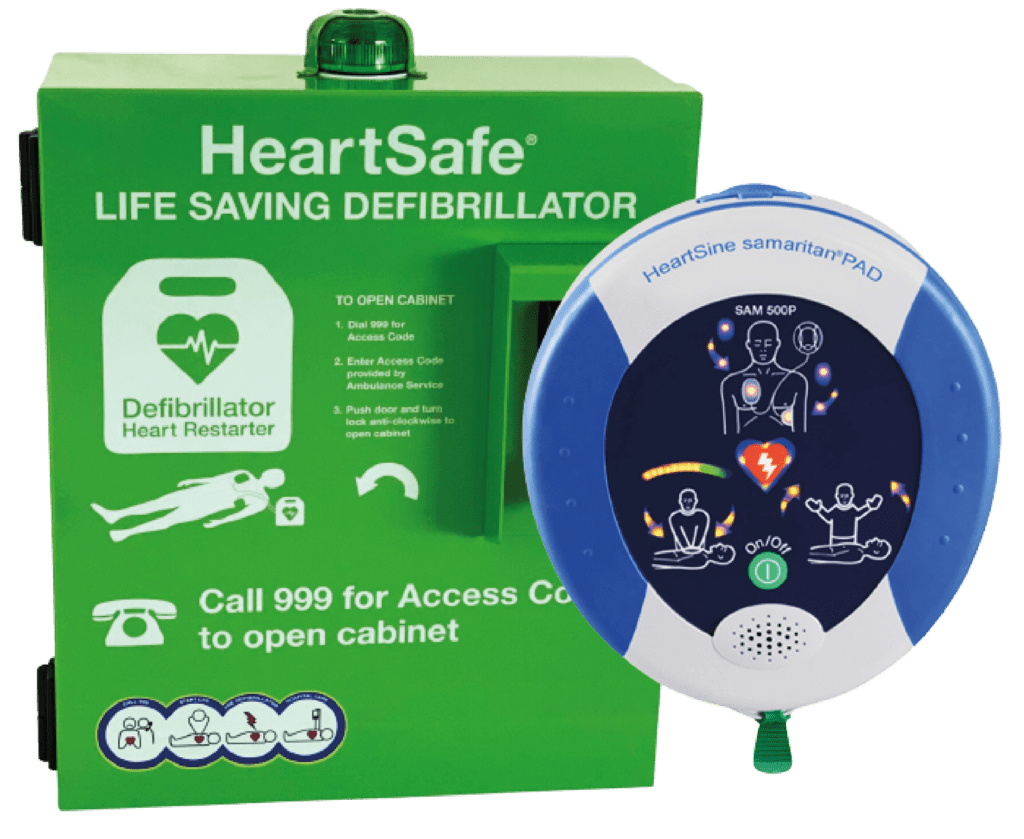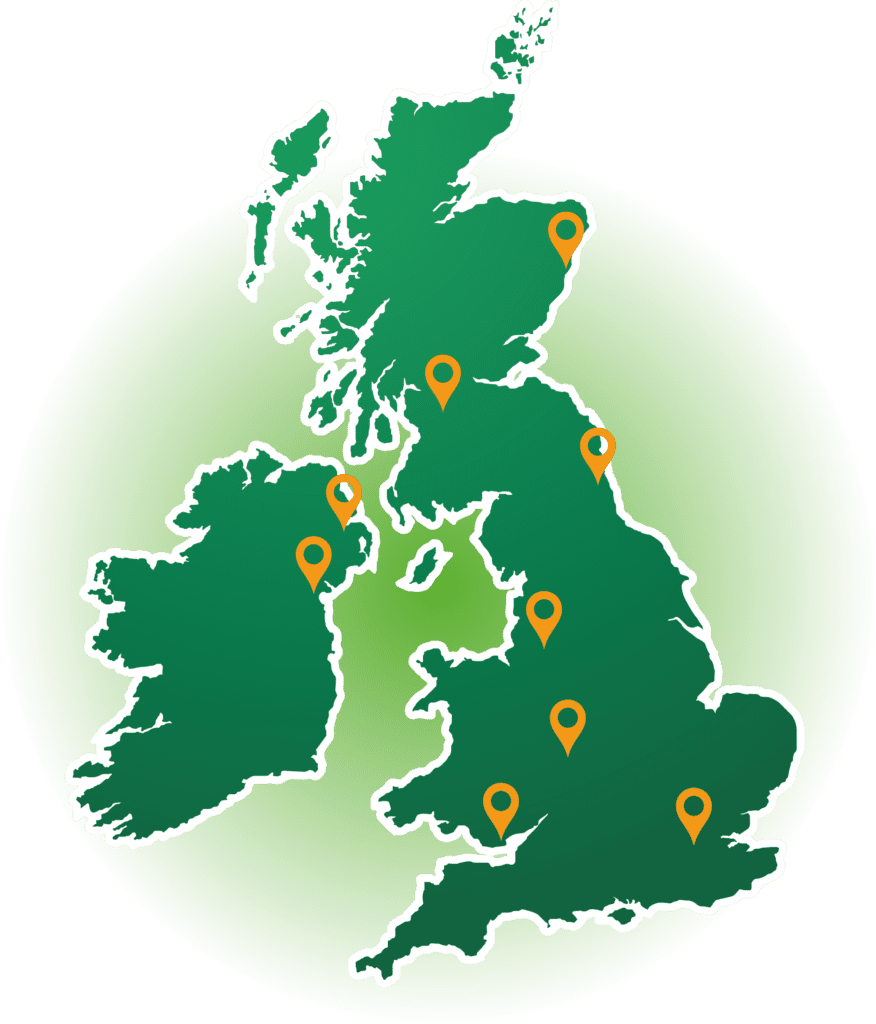What is a Defibrillator?
A defibrillator is a crucial medical device designed to restore a normal heart rhythm during sudden cardiac arrest, a life-threatening condition where the heart unexpectedly stops beating effectively. This device operates by delivering an electric shock to the heart, which can help to re-establish a viable heartbeat and restore blood circulation throughout the body.
What does an Automated External Defibrillator do?
An Automated External Defibrillator continuously analyses the heart’s rhythm to identify a shockable rhythm. If it detects a life-threatening arrhythmia, such as ventricular fibrillation or pulseless ventricular tachycardia, it instructs the user to deliver a shock to the patient’s chest using AED pads. This vital function significantly enhances the chances of survival for individuals experiencing cardiac arrest, especially when used promptly alongside cardiopulmonary resuscitation (CPR).
The deployment of defibrillators in community settings is a vital component of public health initiatives aimed at reducing mortality rates from cardiac arrest and sudden death. Increased awareness and training in early defibrillation empower bystanders to act quickly and effectively in emergencies, potentially saving lives from heart attacks. Overall, defibrillators deliver an electrical impulse that represents a significant advancement in emergency medical response and are essential tools in the fight against sudden cardiac arrest, complementing the efforts of emergency services.
There are several types of defibrillators available, with Automated External Defibrillators (AEDs) being particularly user-friendly and suitable for use by individuals without medical training. Automated External Defibrillators are equipped with clear audio and visual instructions, making them accessible to laypersons in emergency situations. These devices are commonly found in public spaces such as shopping centres, airports, workplaces, and sports facilities, ensuring that they can be accessed quickly during critical moments.

What to Do in the Event of a Sudden Cardiac Arrest

In the event of a sudden cardiac arrest, time is of the essence, and immediate action can significantly improve the chances of survival. The first step is to ensure the scene is safe for both the rescuer and the patient. If the person is unresponsive, gently shake their shoulders and shout to check for consciousness. If they do not respond, call for emergency/ambulance services immediately or ask a bystander to do so.
If an Automated External Defibrillator (AED) is available, retrieve it as soon as possible. Turn on the device and follow the audio and visual prompts carefully. Attach the pads to the person’s bare chest as instructed and allow the automated external defibrillator to analyse the heart rhythm. If a shock is advised, ensure nobody is touching the person, then press the shock button. Continue CPR until emergency services arrive or the individual shows signs of life, such as breathing or movement. Remember, acting quickly and decisively can make all the difference in a cardiac emergency.

Our Guide To Help You Find Your Nearest Defibrillator
In an effort to enhance community safety and preparedness, the initiative to make Automated External Defibrillators (AEDs) more accessible and known to the public has led to the creation of comprehensive defibrillator locator maps. Here’s a guide on how to find your local defibrillator and across the UK, emphasising the importance of being prepared ahead of time.